You
visit Google at least once in a day. Search engine, gmail, Google+,
Google Maps, YouTube and myriad other services that Google offers; you
wouldn’t stand a chance but visit this search giant.
Google is the largest search engine in the world; it is founded by
Larry Page and Sergey Brin; it is one of the most valuable companies in
the world with more than a $40 billion annual turnover; and one of the
best places to work— these things are already became too obvious to our
memory, but there still are the things you don’t know about this
internet biggie yet, read on to know them as compiled by Complex Tech.
Google’s First Choice Of CEO
When told they needed to hire a "real CEO," Brin and Page's first and
only pick for a head honcho was Steve Jobs. Unfortunately, Jobs was
already running Apple and Pixar.
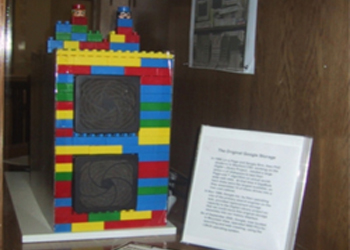 LEGO Bricks
LEGO Bricks
Google's first server rack was built from LEGO's, as the team
considered it a more cost-efficient (and expandable) way to secure 10
4GB hard drives.
Google As Computer Manufacturer
Since Google makes all of its own servers, it is one of the top 5
computer manufactuers in the world, right up there with HP, Dell,
Lenovo, and Apple.
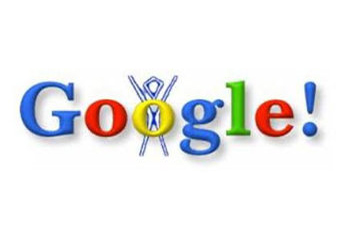 Google Doodle
Google Doodle
The first-ever Google Doodle, a design made in honor of the 1998
Burning Man Festival, was originally used as an "out of office" message
for co-founders Page and Sergey to inform employees they would be
unavailable while in attendance at the event in Nevada.
Page Rank
The company's search algorithm referred to as PageRank, which provides
rankings for every page indexed on the Web, was officially named after
co-founder Larry Page.
Because Larry Page created the famed PageRank algorithm while at
Stanford, the university holds the patent. In exchange for long-term
rights to the patent, Google gave the school 1.8 million shares of
stock, which resulted in $336 million.
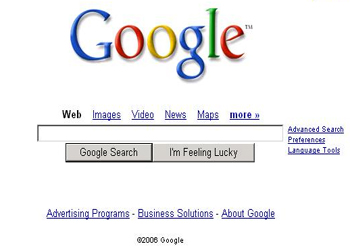 The Search Button
The Search Button
The first version of Google didn't have a "search button," forcing
users to rely on the "enter" or "return" key to generate searches.
Homepage
Google's homepage wasn't the result of focus group testing or expensive
web designers- but it was simple and plain web page, since at that time
Google didn't have a webmaster and Sergey Brin didn't do HTML.
The Google Home Page Facts
Google had to add the copyright line at the bottom of the webpage after
discovering users weren't sure if the page was finished loading.
The "Did you mean..." suggestion feature doubled Google's traffic when it was introduced.
Because the "I'm Feeling Lucky" button takes users directly to the web
page of the first search result, bypassing all of Google's ads, the
feature costs Google around $110 million a year.
The Failed Offer That Saved Google
Sergey Brin and Larry Page tried to sell the search engine for $1
million to Excite (company that has collection of web sites and
services). Apparently this was a laughable proposal for then CEO, George
Bell, who rejected the offer. The duo then tried to sell it to Yahoo
for the same amount, but the offer got rejected here again.
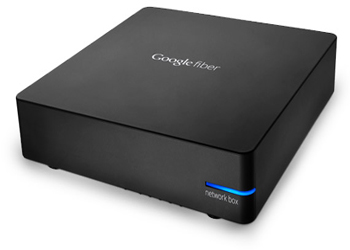 Fiber Optics
Fiber Optics
Built as a way to save money on leasing space on other fiber optic
systems, Google Fiber is now the fastest ISP in the U.S. with speeds of 1
GB per second. Unfortunately, it's only available in Kansas City,
Missouri.
Orkut
Google's first crack at a social network, Orkut, was the brainchild of a
Google engineer named Orkut Büyükkökten and is currently the most
visited website in India and Brazil.
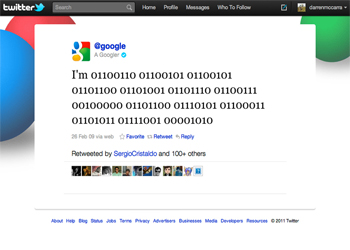 First Tweet
First Tweet
Google's first tweet was a cryptic message written in binary code that translates to "I'm Feeling Lucky" when decoded.
 Android
Android
Before Andy Rubin sold Android to Google, WebTV founder Steve Perlman
gave him an envelope with $10,000 to keep the company afloat. Now Rubin
is Senior Vice President of Mobile and Digital Content at Google.
Google Stats
Google processes over 20 petabyets (1 petabyte = 1,000,000,000,000,000 bytes) a day of user-generated data.
One click of the mouse allows the search engine to crunch up to 1 trillion pieces of information.
Over 1 trillion pages have been indexed so far on Google.
Google shares the largest network of languages interfaces: 72 to be
exact including fictional ones such as Klingon, Pig Latin, Pirate, and
even Elmer Fudd.
The YouTube
Before Google purchased YouTube, the co-founders, Chad Hurley, Steve
Chen, and Jawed Karim placed ads on Craigslist offering "hot" women $100
for every 10 videos they posted to the site.
Eric Schmidt
Former CEO, Eric Schmidt, once asked to have all his personal
information removed from Google's index, but his request was denied as
it violated the company's policy.
Google’s China Operation
When Google first opened operations in China, it blocked access to its
main source code from Chinese employees out of fear that it the
government would gain access to it.
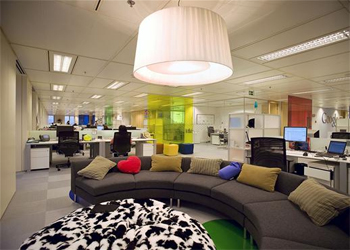 Google’s Office
Google’s Office
In order to maintain its quirky company culture, Google has a "Chief
Culture Officer," whose job it is to make sure employees are happy and
the corporate structure stays true to Page and Brin's original vision.
There is no standard dress code for employees or interviewees. There's
an internal meme generator for Google employees to crack jokes on each
other.
Before the free five-star meals, Google's first complimentary company snack was Swedish Fish.
Google received a record 75,000 applications for 6,000 job openings in just one week back during February 2011.
Over $72 million a year is spent on feeding company employees.
Before the Recession hit, Google offered workers a $5,000 hybrid car
subsidiary as part of its employees incentives program to promote green
awareness.
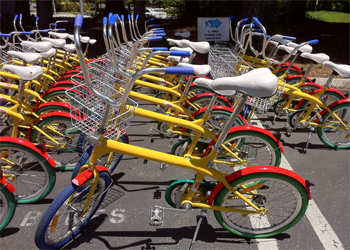 Google Campus
Google Campus
Google has extraordinary on-campus day centers for employees' chidlren.
It's so good, that in 2008 the company calculated that it spent $37,000
a year on each child. That's $3,000 more a semester than Stanford's
computer science PhD program.
Bikes are placed around the Google campus, unlocked, for employees to
use when getting from building to building. To make life a little
easier, doctors are brought onto the campus so employees don't have to
leave for check-ups.
To be a bit more green, Google has installed 1.6MW solar panels on the
rooftops of every building on its main campus in Mountview, Calif. The
9,212 panels generate 4,475kWh each day, or the same amount of
electricity used by 1,000 homes.
Instead of lawnmowers, Google rents goats from a company called
California Grazing to eat and fertilize the grass of its headquarters,
plus help reduce fire hazards.
Ads
Former executive Marissa Mayer tried to kill the billion-dollar
business known as Google Adsense, as she found the idea of targeting ads
based on users emails to be flat-out "creepy."
According a Worldstream study from 2011, Lowe's spends the most on
Google AdWords advertising. That year it dropped a whopping $59.1
million.
Man’s Best Friend
Before felines became an Internet sensation, the world's largest search
engine demonstrated its loyalty to man's best friend-introducing a
Leonberger-bred dog named Yoska as the company dog, which belong to VP
of Engineering Urs Hölzle.
“Google.stanford.com”
Google originated as a PhD project of Larry Page and Sergey Brin at
Stanford University, to provide context and organization to all the
links and pages on the World Wide Web. The first web address was
"google.stanford.com."
The Investment Offered
When Sun Microsystems co-founder, Andy Bechtolsheim, invested in Google
with a $100,000 check made out to Google Inc, the check sat in Larry
Page's desk drawer for two weeks while he and Sergey Brin went and
created a company called Google Inc.
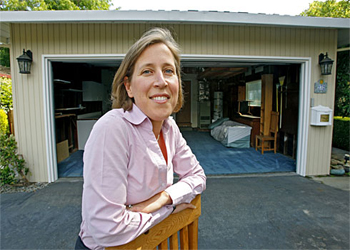 Susan’s Garage
Susan’s Garage
The domain name for Google was registered on September 15, 1997, and
the company was incorporated on September 4, 1998. When Page and Brin
needed an office for Google, Susan Wojcicki rented her garage to the two
Stanford students for $1,700 a month. On top of helping her with the
mortgage, Wojcicki became a top Google executive, and introduced her
sister to Sergey who wound up marrying her.
Craig Silverstein, a fellow PhD student at Stanford, was hired as the first employee.
Googol!
The search engine was originally named BackRub, but Page and Brin
decided to change the moniker to the word googol, which translates to
the number 100100, playing off the suggestion of infinite
search results. However the name “Google” was created by mistake after
the co-founders made a spelling error over the original name: googol.
Stanford Days
Brin and Page would hang around the Stanford campus loading dock hoping to "snag computers as they came in," according to Page.
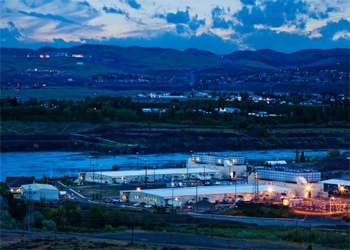 First Data Center
First Data Center
Google's first data center was opened in The Dalles, OR. in 2006 for
$600 million. To not alert other companies of its expansion plans,
Google joined the town's Chamber of Commerce to keep it all a secret. It
now owns and operates 13 in seven countries.
However Page's dorm room served as Google's first-ever data center in 1998.